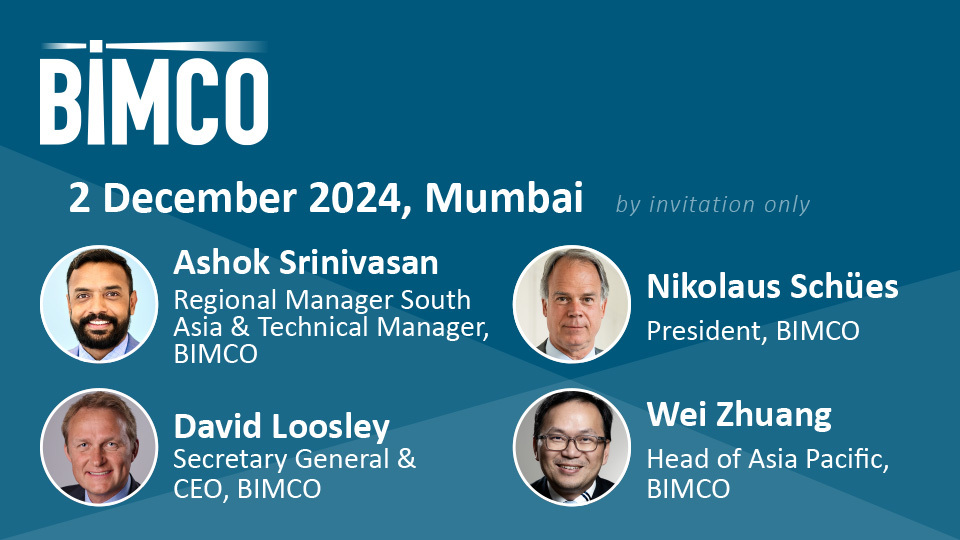IMO: Carriage of Cargoes and Containers - cargoes that may liquefy
Overview
BIMCO representatives from the Maritime Information Department have attended the 5th session of the International Maritime Organization’s (IMO) Sub-Committee on Carriage of Cargoes and Containers (CCC 5), held at the IMO London headquarters from 10 to 14 September 2018.
The CCC sub-committee considered technical and operational matters related to the carriage of cargoes such as solid bulk and gas cargoes, packaged dangerous goods and containers. The sub-committee considered for example the overall implementation of the relevant conventions, codes and other instruments, whether mandatory or recommendatory, when dealing with cargo operations. The sub-committee also evaluated the safety and pollution hazards of these cargoes, survey and certification of ships carrying hazardous cargoes, and worked to enhance the safety, security and environmental culture in all cargo and container operations.
IMSBC Code – Group A cargoes that may liquefy
In relation to the carriage of dry bulk cargoes and the code that governs it – the International Maritime Solid Bulk Cargoes (IMSBC) Code, the sub-committee had to consider a proposal to amend the definition of Group A cargoes. This group includes cargoes that may liquefy if shipped at a moisture content in excess of its transportable moisture limit (TML).
The proposal was based on the recommendation by the Global Bauxite Working Group and their research to take into account that “dynamic separation process” (DSP) - another phenomenon apart from liquefaction - could also give rise to ship instability for Group A cargoes. DSP causes a formation of a liquid slurry (water and fine solids) above the solid material, resulting in a free surface effect which may significantly affect the ship's stability and risk of capsize.
There was a related submission made by another delegation raising issues to be considered in connection with this proposed change of definition; in particular the applicability of the testing procedures for TML that currently exist in the Code for liquefaction to DSP and vice versa.
Another comment raised at the plenary and worth mentioning was delegates calling for the proposed amendment to Group A definition to be improved and refined, taking into consideration that the definition has to be consistently applied and implemented globally.
After some discussion, it was agreed at CCC 5 that the Definition of Group A should be amended, and the development of the revised definition would have to be conducted together with the applicability of the testing procedures for TML. As this will involve substantial work and discussion, the sub-committee agreed that this matter cannot be completed in the upcoming Editorial and Technical (E&T) meeting to be held after CCC5. Target for completion will be aimed for the next amendment, i.e Amendment 06-21.
Feedback or a question about this information?
VPS Bunker Alerts
Veritas Petroleum Services (VPS) publish regular Bunker Alerts based entirely on fuel samples and have kindly permitted BIMCO’s Members to access this information.
The Bunker Alerts are not intended to be an evaluation of overall bunker quality in the port or area concerned, but usually highlight a specific parameter within the fuel which has raised a quality issue.
Latest ice reports for members
Latest piracy reports
Latest industry releasable threats
ELSEWHERE ON BIMCO
Contracts & Clauses
All of BIMCO's most widely used contracts and clauses as well as advice on managing charters and business partners.
Learn about your cargo
For general guidance and information on cargo-related queries.
BIMCO Publications
Want to buy or download a BIMCO publication? Use the link to get access to the ballast water management guide, the ship master’s security manual and many other publications.
About a new business partner
We can help members check new business partners. We also help to recover millions of USD (undisputed) funds every year.





